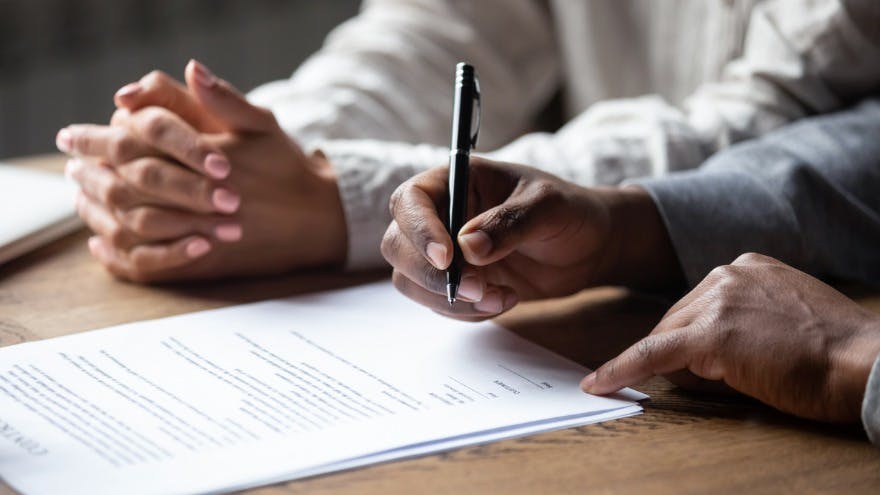High-Ticket Sales: How to Sell High-Ticket Products and Services
Casey O'Connor
Selling high-ticket products is a great way to increase your profit margin and level up your brand reputation.
That being said, closing high-ticket sales is notoriously challenging. In this article, we’ll go over everything you need to know about selling high-ticket items with confidence and skill.
Here’s what we’ll cover:
- What Is High-Ticket Sales?
- What Is Considered a High-Ticket Product?
- High-Ticket Sales Challenges
- High-Ticket Sales Benefits
- Understanding the Buyer Persona
- Techniques for Selling to High-Ticket Buyers
- Closing an Expensive Sale
- High-Ticket Sales Funnel Example
What Is High-Ticket Sales?
High-ticket sales, in a nutshell, is the practice of selling premium, high-cost products or services.
High-ticket sales usually require heavy input and interaction from the seller throughout the buying process.
Sales reps who work with high-ticket items typically take on a consultative role, ensuring that the process runs seamlessly and that the needs of the buyer are continuously attended to as they move through the funnel.
What Is Considered a High-Ticket Product?
A high-ticket product can be either physical or service-based. Examples of high-ticket physical items include luxury cars, jewelry, or expensive technological equipment. Non-physical high-ticket products include things like consulting or coaching services, seminars or workshops, online courses, or full-scope done-for-you services.
The price benchmark for what’s considered “high ticket” varies by industry, but the general cutoff is around $1,000.
There are, of course, exceptions to this benchmark price point. There are some industries or markets in which the low-cost base package might start at $1,000 (or even higher); high-ticket items in fields like these might instead be represented by a 5-figure price tag.
Regardless of the actual number, the takeaway is this: high-ticket items have a dramatic impact on your bottom line, and you stand to make a lot of money if you can find a way to work them into your business plan. It takes far fewer big-ticket sales to reach revenue goals than the equivalent in low-ticket items.
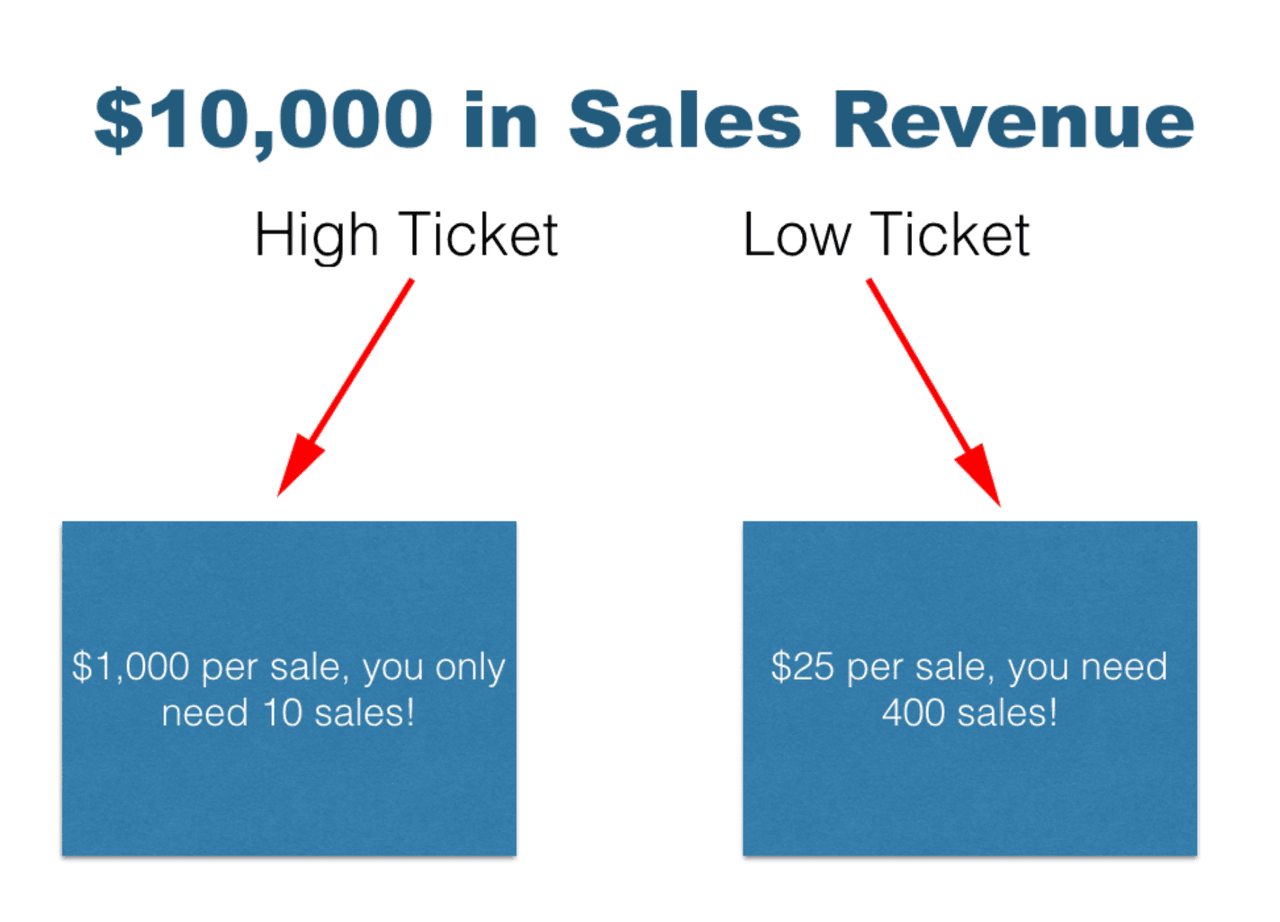
That being said, selling high-value products comes with its own unique set of challenges for salespeople. Many business owners shy away from marketing their high-ticket items (or creating them in the first place) because they can’t find a way around these issues.
High-Ticket Sales Challenges
- Longer Sales Cycles: In most cases, high-ticket offers take longer to move through the sales cycle. This is the nature of the beast and doesn’t necessarily mean the salesperson is unskilled or has done something wrong. Yes, the sales cycle is longer, but the payoff can still be very worth it if you’re intentional in designing your sales funnel and properly allocating and monitoring your resources.
- More Objections: Price point is one of the most common sales objections that salespeople encounter; that’s true even for more moderately-priced products. It’s human nature to resist giving up your hard-earned money, and that reluctance can be amplified when the price tag is especially high.
- Hard to Close: Even for the most skilled high-ticket salespeople — those who are able to meet the slower sales cadence and many objections that come with these kinds of deals — pushing through to the close is a challenge in and of itself. High ticket closing requires confidence, finesse, and precise timing.
High-Ticket Sales Benefits
- Revenue: The most obvious benefit is an increase in revenue. High-ticket products or services usually have a much bigger profit margin, meaning more money flows back into your organization with every sale.
- Number of Leads: Teams can still enjoy this increase in revenue while also decreasing the number of prospects they need to work with to hit quota. This benefit is two-fold: less time juggling too many leads, and more time to devote to high-ticket prospects.
- Fewer Price-Based Objections: High-ticket buyers usually don’t balk at price as much as average or low-ticket buyers. Prospects who are interested in purchasing a high-ticket item expect a high cost. Sales reps are less likely to encounter price-based objections throughout the sales process.
Understanding the Buyer Persona
Understanding your buyer persona is important for any salesperson, whether you sell low-cost or high-cost, physical or e-commerce.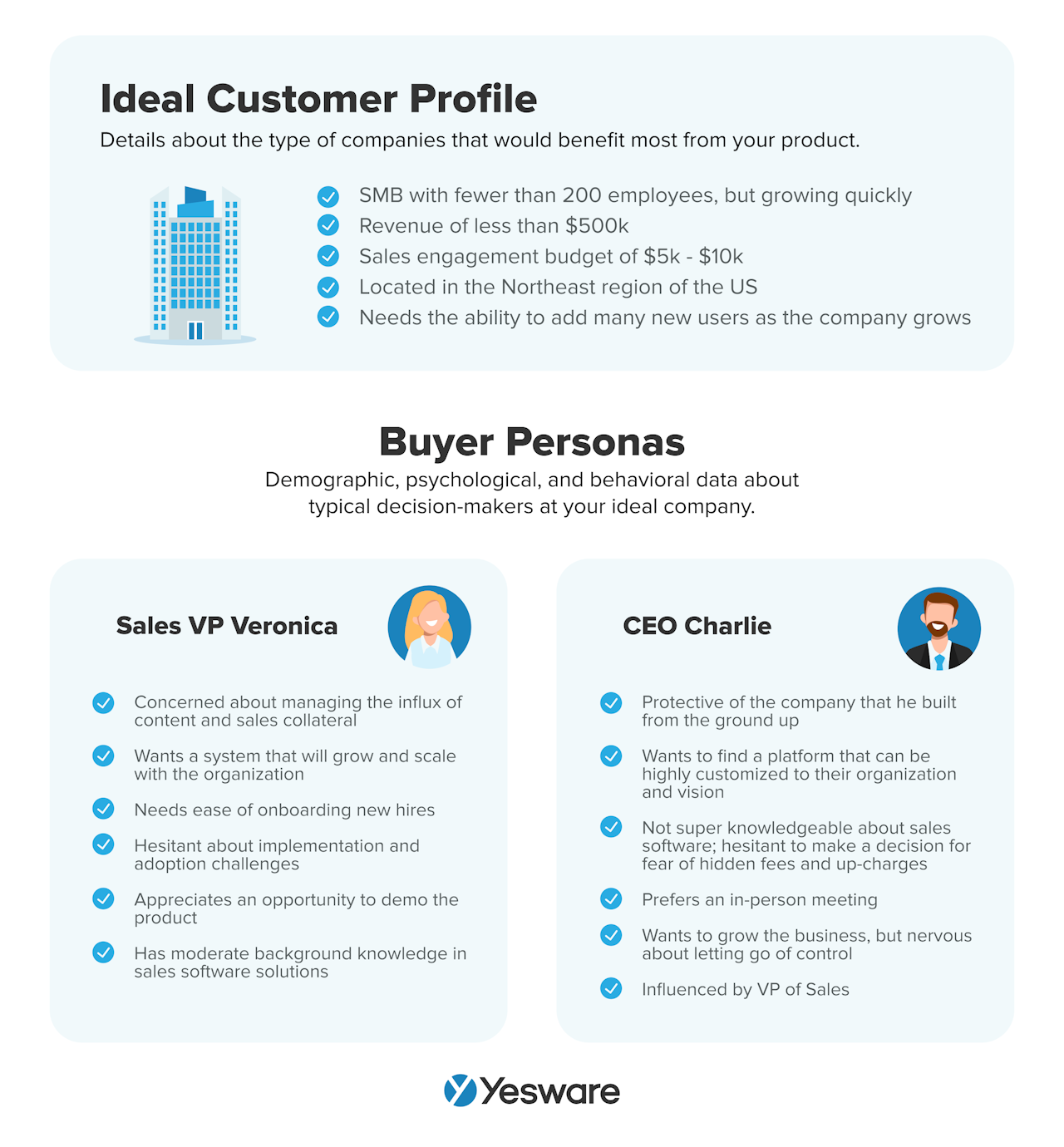 That being said, there are specific attributes that are unique to high-ticket buyers that you should keep in mind as you’re designing your sales funnel or sales process. The following tips will help you navigate the unique landscape of selling high-ticket products.
That being said, there are specific attributes that are unique to high-ticket buyers that you should keep in mind as you’re designing your sales funnel or sales process. The following tips will help you navigate the unique landscape of selling high-ticket products.
Research Is King
If there’s one thing you can count on, it’s that a high-ticket customer has done extensive research on you and your product before you ever make contact with them.
Buyers who are looking at high-ticket items or services are looking to make an investment. They’re prepared to sink a large amount of money into something that will make their life easier and more profitable, so you should expect that they’ve done their due diligence. It’s very likely they know more than you think about you and your competitors.
With that in mind, it will serve you well to follow suit and brush up on your own research. Spend time with your sales team getting on the same page about the key points of your USP. You can do this by talking to your marketers and analyzing current customer success stories.
Then, go one step further and do that same research on your competition; knowing the ins and outs of what your rivals have to offer will help you further define your own value offering. Check out your competition’s social media and online reviews to create differentiators between you and them.
Forget About Features and Benefits
Because your customer has likely already done extensive research, you can take some liberties in skipping the tired features and benefits spiel. Instead, focus the conversation around the buyer’s hopes and dreams, fears, challenges, and pain points.
In most big-ticket sales scenarios, the client likely already know their pain points, as well as the specific solution they’re seeking. That being said, it’s good to familiarize yourself with the four main types of pain points that most customers face, in case you need to guide the prospect through their concerns.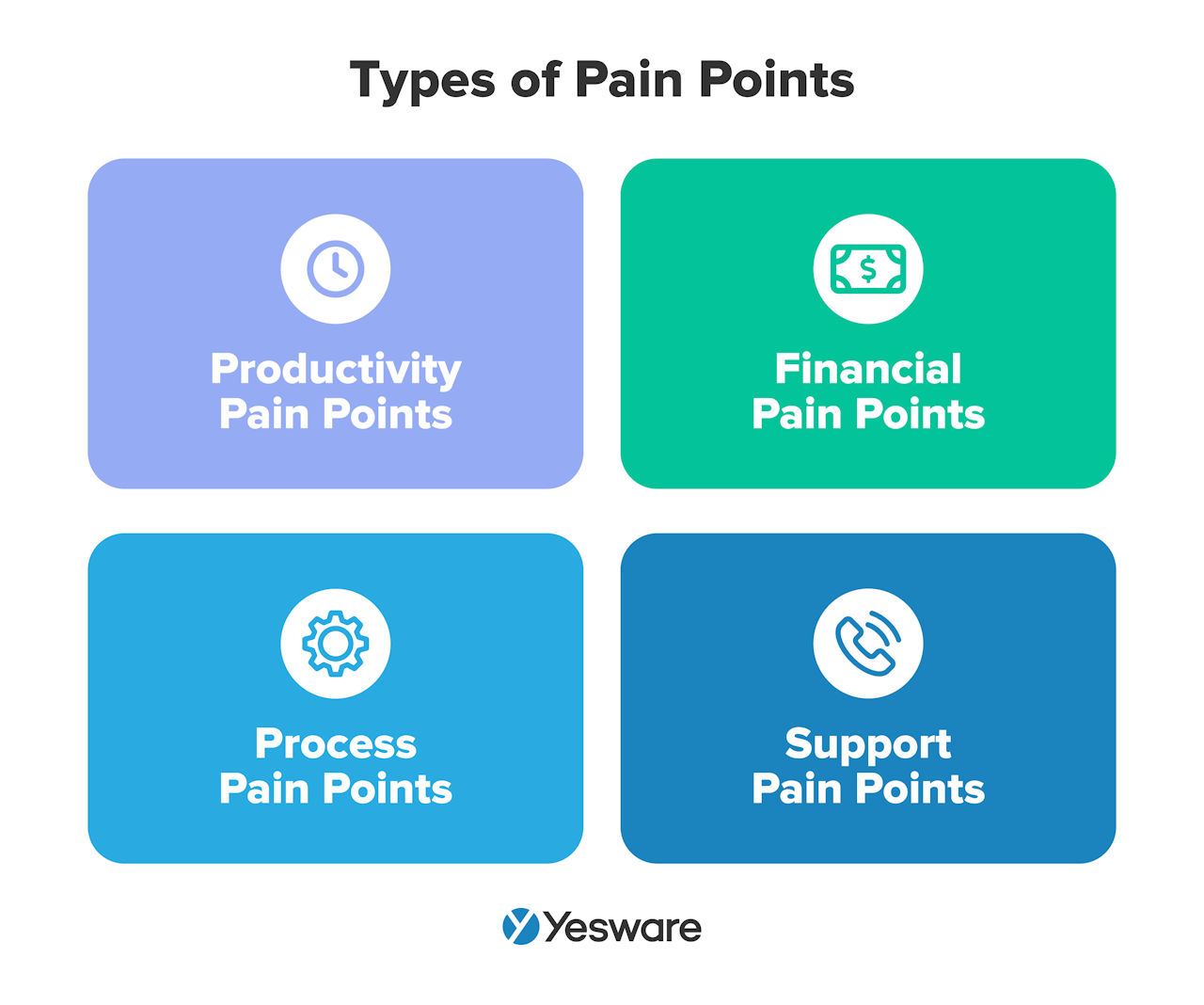 Framing the conversation around their burning desires — rather than the features and benefits of your product or service — will help buyers see you as a viable bridge between where they currently feel stuck, and the ideal they envision once their problem is solved.
Framing the conversation around their burning desires — rather than the features and benefits of your product or service — will help buyers see you as a viable bridge between where they currently feel stuck, and the ideal they envision once their problem is solved.
Give Them Permission to Say Yes
Most high-ticket buyers have already committed — subconsciously or otherwise — to saying yes to a product, whether it’s yours or your competitor’s. They have a problem, they have the means to solve that problem, and now it’s up to them to choose who they believe will best fit those needs.
In other words, most high-ticket customers are looking for a reason to say yes.
There are many deep psychological principles that you can practice to get the customer to their “yes,” such as:
Reciprocation
People are more likely to say yes when they feel like they owe it to you. This isn’t to say you need to guilt your prospects into buying from you; in fact, it’s very important that the client feels like this decision is 100% in their control.
But if you can position yourself in such a way that your publicly available content is rich with value, at little or no cost to your audience, your target customers will feel a sense of allegiance to you for sharing your expertise with no strings attached.
Many marketers and salespeople find great success implementing this strategy through their email campaigns, hooking readers through a drip series full of valuable, actionable content and advice that relates to their product or service.
Social Proof
One of the quickest ways to get someone closer to “yes” is through social proof. Things like case studies, testimonials, and customer reviews are powerful tools in persuading your prospects that you’re the best fit for their needs.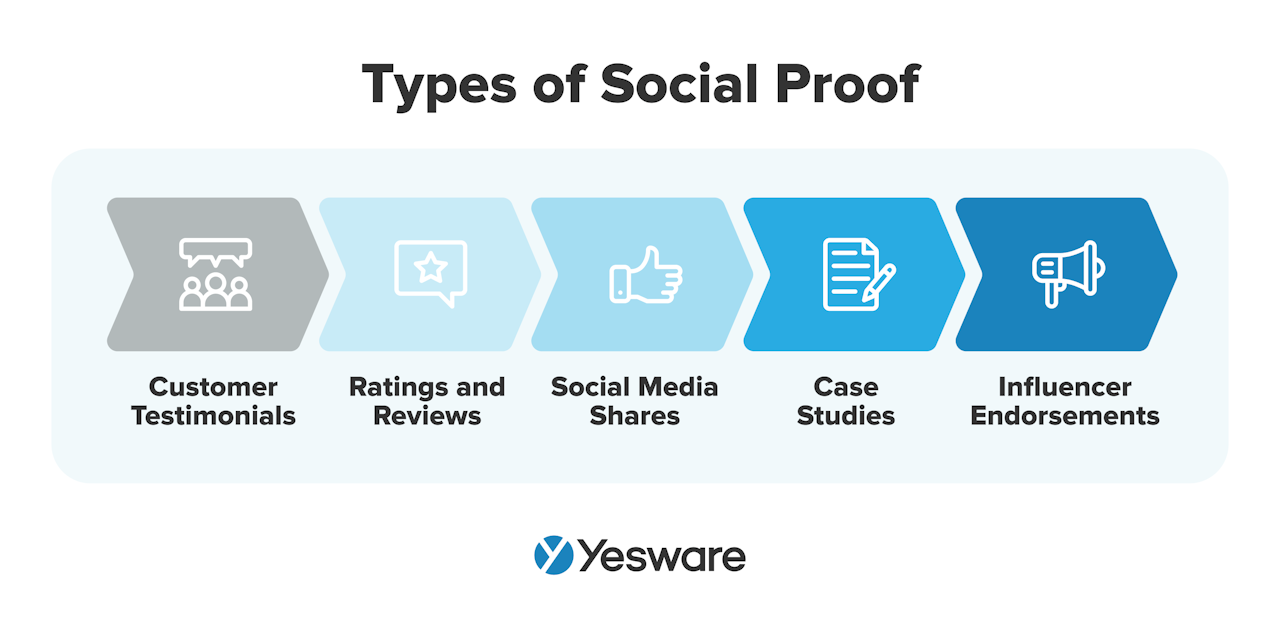 You might also consider adding to your website things like logos of well-known clients you serve.
You might also consider adding to your website things like logos of well-known clients you serve.
Or trust badges and security seals, awards or honors your company has won, etc.
These kinds of things go a surprisingly long way in building trust with your prospects and new clients.
The Mini Yes
One easy way to warm up your prospects for the big decision is to get them to say “yes” to something small and simple early on in the process.
For example, you might start your meeting by asking the client if they’d be willing to fill out a small questionnaire so that you might better speak to their needs during the discussion.
This is a small but significant stepping stone. Assuming they agree, not only has the meeting kicked off with an affirmative and cooperative atmosphere, but it also gets the client into a mindset of commitment.
As you spend more and more time with the decision-makers who execute high ticket purchases, you’ll start to understand better what specific things make them tick. Be sure to update your buyer persona profile as you notice similarities among this demographic.
Tip: Grab some data-backed strategies to get prospect’s to a “yes” sooner.
 Sales Engagement Data Trends for Sales Managers to Know Going Into 2022Looking at hundreds of millions of tracked email activity over the past year, this ebook is filled with our top studies & findings to help your sales team accelerate results in 2022.
Sales Engagement Data Trends for Sales Managers to Know Going Into 2022Looking at hundreds of millions of tracked email activity over the past year, this ebook is filled with our top studies & findings to help your sales team accelerate results in 2022.
Techniques for Selling to High-Ticket Buyers
There’s no set playbook or step-by-step instructions for navigating high ticket sales. The most successful strategies will be unique to your field, your sales team, and your buyers.
There are, however, a handful of specific, actionable techniques and tactics that you can leverage the next time you attempt to sell a high-ticket item.
Get Confident
First and foremost, it’s critical that you’re able to confidently ask for the price of your product without feeling embarrassed or guilty about the price tag.
Remember, as long as your product is worthy of the cost, there’s no reason to feel sheepish about this.
The first step in getting the prospect on board with your pricing is getting on board with it yourself. If you need to, practice stating the asking price in the mirror. Say it over and over again until the number no longer feels astronomical and can roll off your tongue in a matter-of-fact way.
Nurture the Relationship
Many companies have great success selling their big-ticket items through intensely nurturing sales funnels. These funnels are thoughtfully designed to move prospects seamlessly through the sales process, all while providing them with irresistible content and education.
Give your leads the gift of knowledge through any (or all!) of the following strategies:
- Free, engaging, and valuable content via drip campaigns or blog posts
- Webinars
- Long-form sales or landing pages
These all represent great opportunities to build trust with your prospects and demonstrate to them that you’re the expert who’s willing and ready to solve their problems.
Ditch the Pitch
It’s common knowledge by now that people are averse to the feeling of “being sold to.” With that in mind, stay away from a rigid sales script or anything that seems forced or pushy.
With high ticket sales in particular, everyone in the room knows that the intention is to make a sale/purchase. There’s no need to tiptoe around this by putting on an inauthentic sales pitch.
Instead, consider adding value-based, consultative, or target account selling strategies to your sales team’s toolbelt.
Open-ended sales questions, in particular, are really effective in uncovering your prospects’ pain points and will help steer the conversation in a productive way.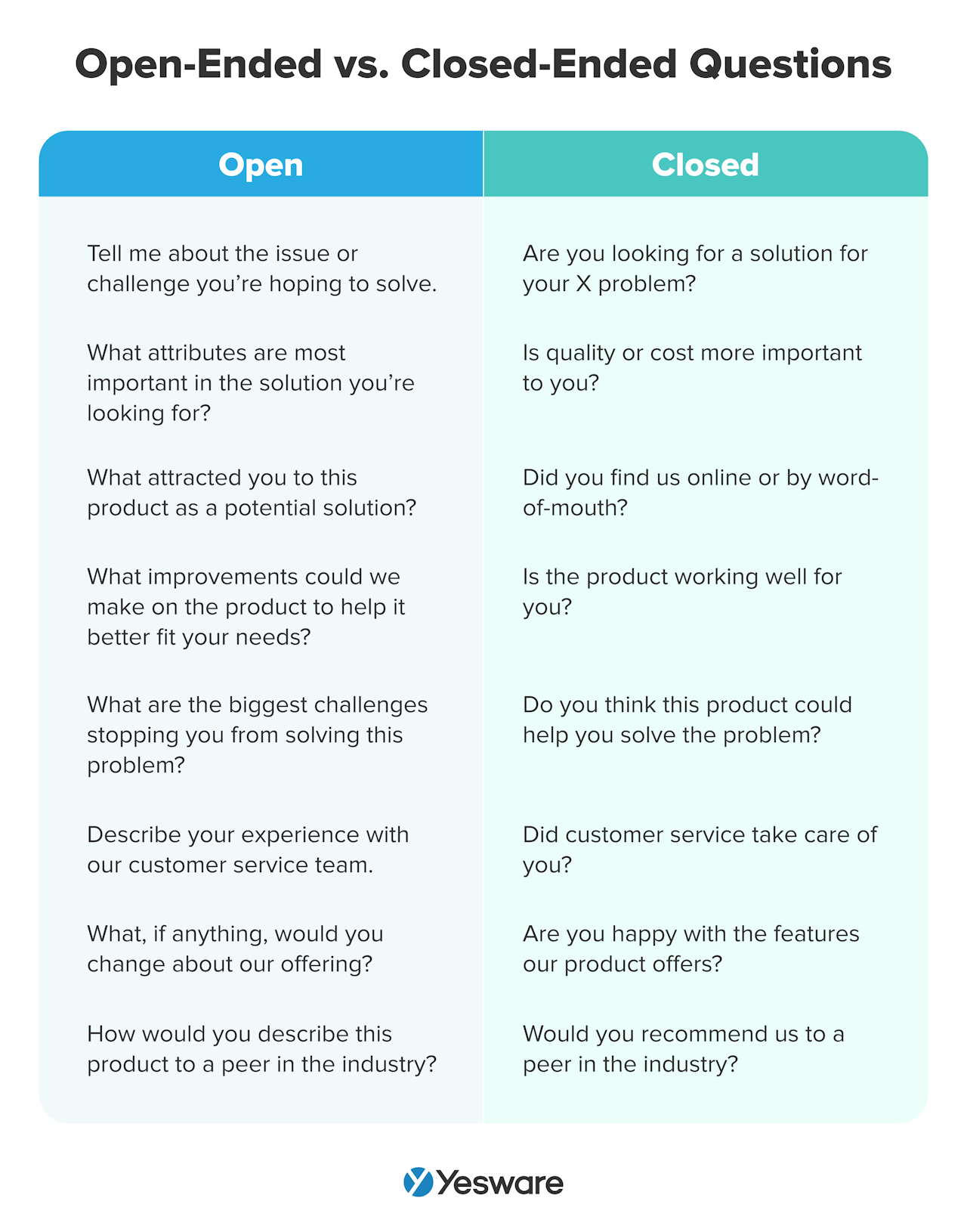 Of course, just because you’re not following a sales script doesn’t mean you should go rogue; it’s critically important that you’re well-prepared for high ticket sales calls or meetings.
Of course, just because you’re not following a sales script doesn’t mean you should go rogue; it’s critically important that you’re well-prepared for high ticket sales calls or meetings.
Consider drafting a loose framework or template for how you expect most meetings to transpire, and use that to guide your conversations.
Experience Matters
There’s a reason high-end retailers splurge on champagne and personal attendant service for their shoppers: the experience matters when you’re spending big.
Your prospect should feel like you’re going out of your way to make the buying process smooth, engaging, and enjoyable. What you’re offering should be the equivalent of white-glove delivery — impeccable, done-for-you service that takes care of everything from start to finish.
Use your CRM to handle the many moving pieces that go into nurturing a high-ticket client, so that you can save your energy for making authentic connections with them. You should expect to be available to hold their hand through the process when needed.
That being said, it’s also important to know when to back off. Nobody likes a pushy salesperson, and the high-ticket client should always feel like they’re in control of the process (even if you’re staying one step ahead of them behind the scenes).
Closing an Expensive Sale
There’s nothing worse than getting through most of the sales process, only to blow the close. Here are some final tips for pushing those high-value deals through to the finish line.
Build Your Brand
One of the most subtle but important ways to build trust with your prospects is by developing a clear and consistent brand.
High-ticket clients want to buy from companies that are deliberate and thoughtful; nothing screams “unprofessional” more than inconsistent messaging, sloppy social media presence, or missing information.
You should expect your potential clients to be looking at you from all angles. Before your next high ticket sales meeting, spend time freshening up your LinkedIn profile to ensure it aligns with your company’s brand. Cross-reference any other online presence your company operates (or has operated in the past), as well. If you notice any inconsistencies or faux pas, bring it to the attention of your marketing team immediately.
The more cohesive your branding is, the more likely you’ll be to attract and close high-ticket deals.
Tip: 40 ways to use LinkedIn for sales here.
Add Scarcity or Urgency
One powerful needle-mover in high-value sales is the concept of scarcity (urgency works just as well, depending on your specific business and offering).
When you add scarcity or urgency — that is, you let your buyers know that the offer will only be available for a certain number of people, or only for a limited time — you play into their fear of missing out. This tactic adds just enough pressure to circumvent any possible “analysis paralysis” on the side of the buyer, without making it seem like you’re strong-arming them.
Of course, as always, this strategy should only be used if it accurately represents your offer. Never abandon honesty in favor of a “sales hack” or tactic — don’t say that the cart closes in 12 hours if you actually plan to keep it open indefinitely. But in many cases, high ticket offers are limited in scope, so see how you can work some of this exclusivity into your presentation.
Mitigate Risk
When push comes to shove, all buyers ultimately weigh two factors when deciding whether to purchase: the desire to solve their problems vs. the fear of losing their investment. Removing some of that fear by mitigating the risk of purchase can help tip the scales in your favor.
One way to mitigate risk for the prospect is by offering a money-back guarantee on your product. While this may seem to go against our earlier advice to be confident in your offer — how confident can you really sound if you’re offering people an out before they’ve even purchased?! — the risk reversal technique is extremely powerful, and rarely ends up being executed by the buyer.
For most clients, the mere fact that you’re willing to offer a reimbursement is enough to demonstrate how strongly you stand behind your product.
High-Ticket Sales Funnel Example
There are virtually limitless ways to create a high-ticket sales funnel; the specifics of one that’s optimized for your market will depend heavily on your product, your ideal customer profile (ICP), your buyer personas, and the strengths of your sales team.
All high-ticket sales funnels, however, should check the following criteria:
- Personalized: High-ticket buyers expect a certain level of personalization (read: a lot of it) in order to trust the seller and the process. Customize your funnel wherever possible to maximize its success.
- Consultative: High-ticket sales reps should be mindful of their approach with high-ticket buyers. Stay away from “traditional” sales tactics that might come off as pushy. Instead, adopt the role of advisor or guide as you walk the buyer through the funnel.
- Relationship-Focused: Unlike low-ticket sales, high-ticket buyers require a trusting and friendly relationship with a competent salesperson. Before they can commit to making such a large investment, they need to feel sure that the seller truly knows them.
Take a look at this example from Growth Tools, who worked to revamp a struggling high-ticket sales funnel for a company called Gravy.
The funnel begins with a Facebook ad, with copy that’s clear, specific, and targeted. It also includes a very straightforward CTA.
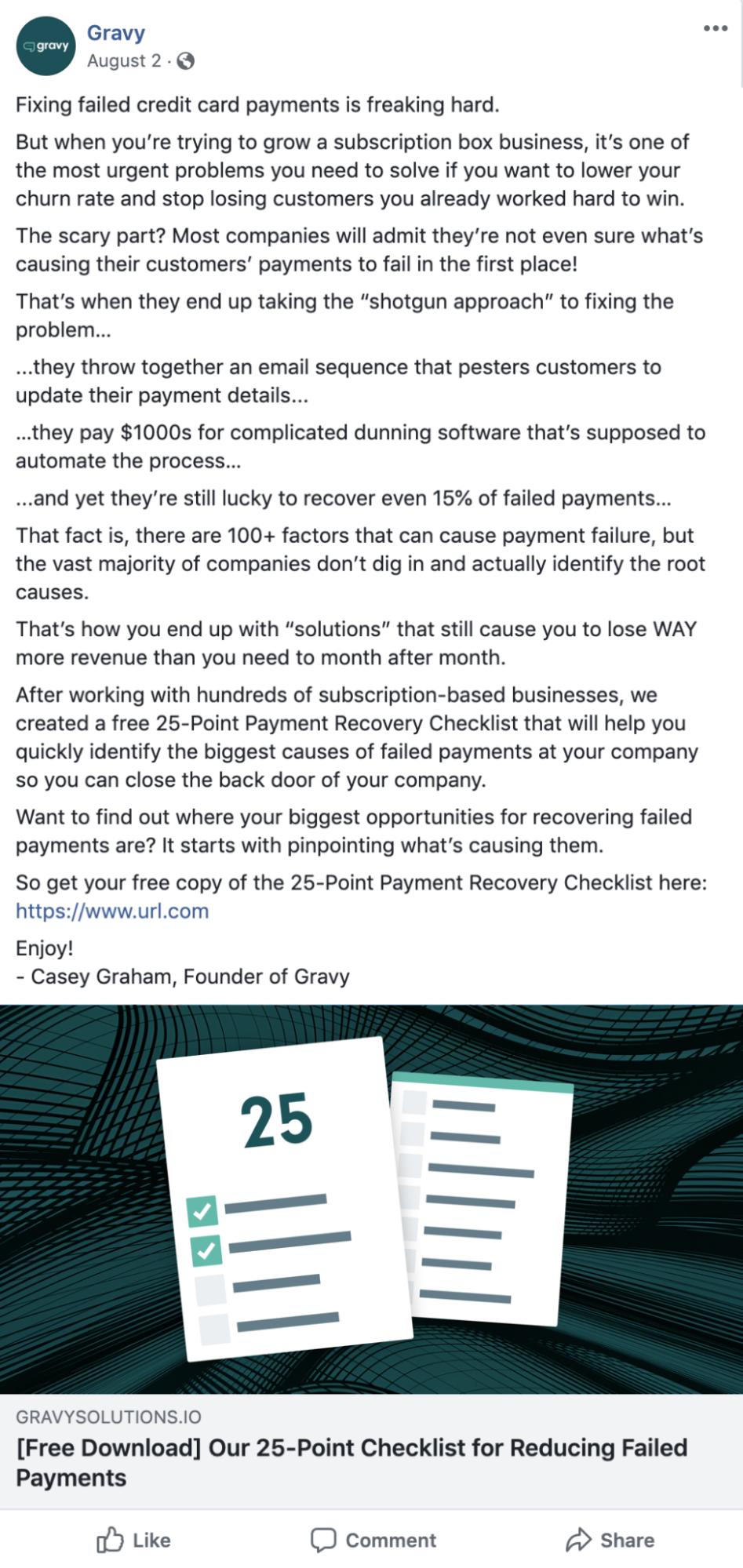
The next stage of the funnel is the landing page, which offers a lead magnet on an opt-in page. Again, the copy and CTA are crisp and straightforward.
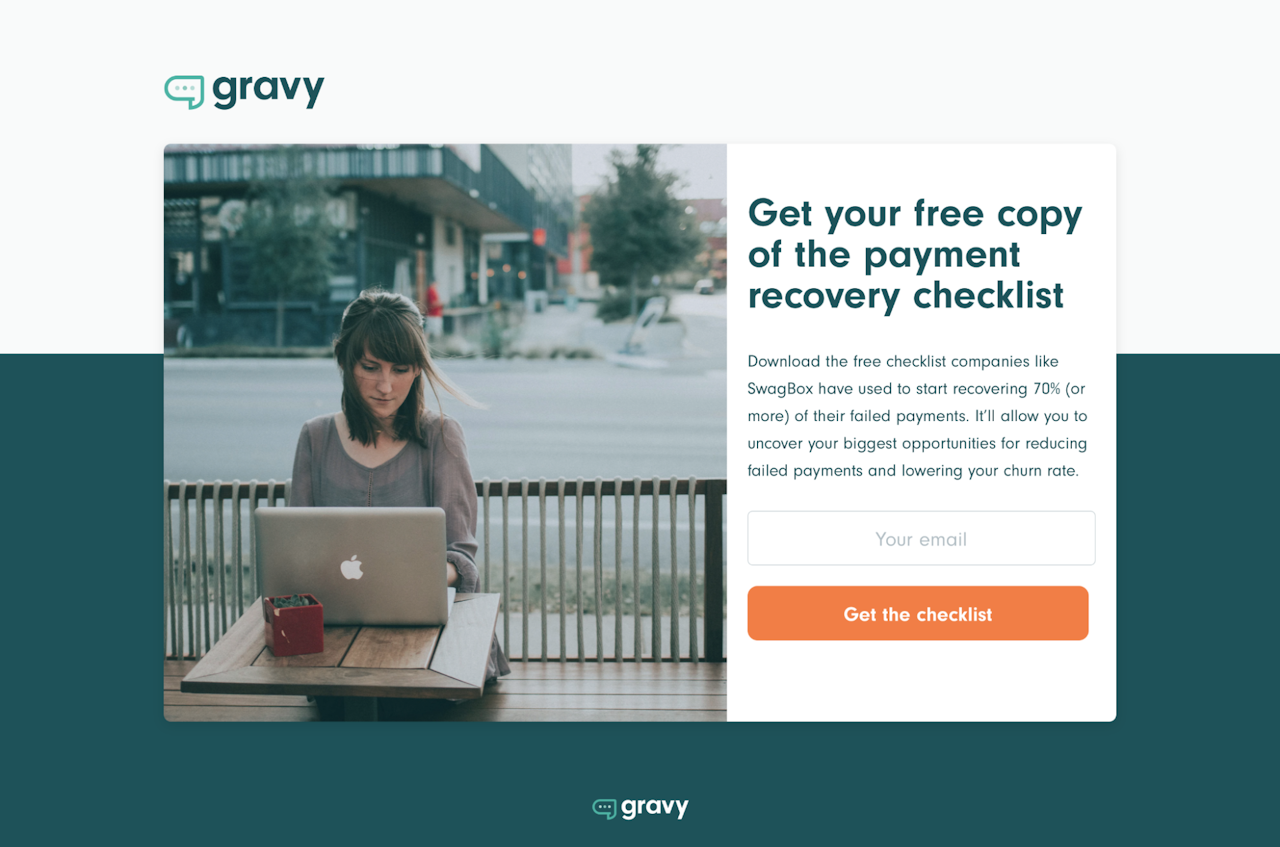
Downloading the lead magnet then leads prospects to a second landing page, which prompts them to book a discovery call.
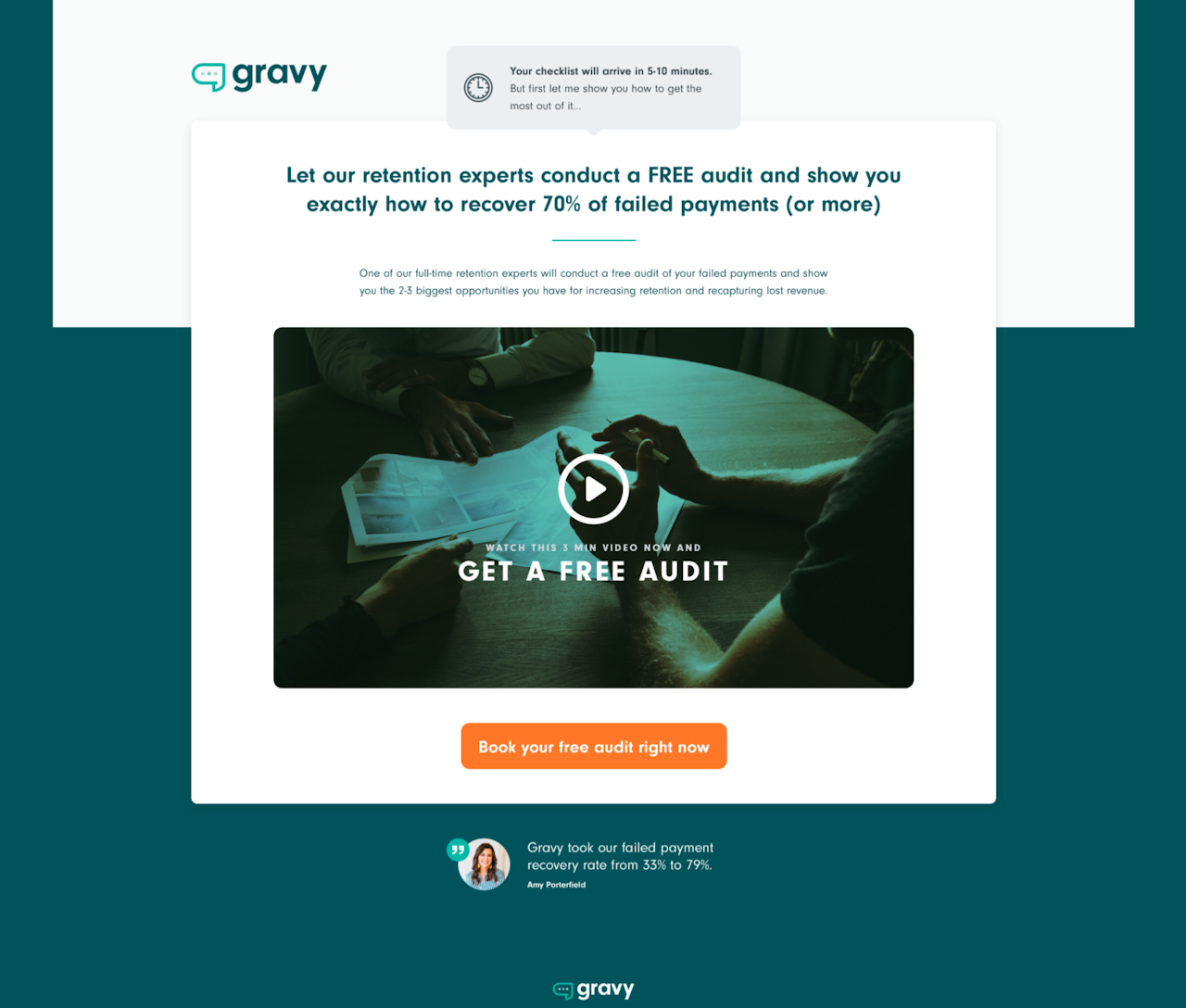
Ideally, buyers will book into a call here. Those who don’t will receive a nurture drip campaign to redirect them to the next stage of the funnel at a time when they’re more ready.
Once buyers book in for a call, they’re redirected to a confirmation page. Notice the way even this simple confirmation continues to build engagement.
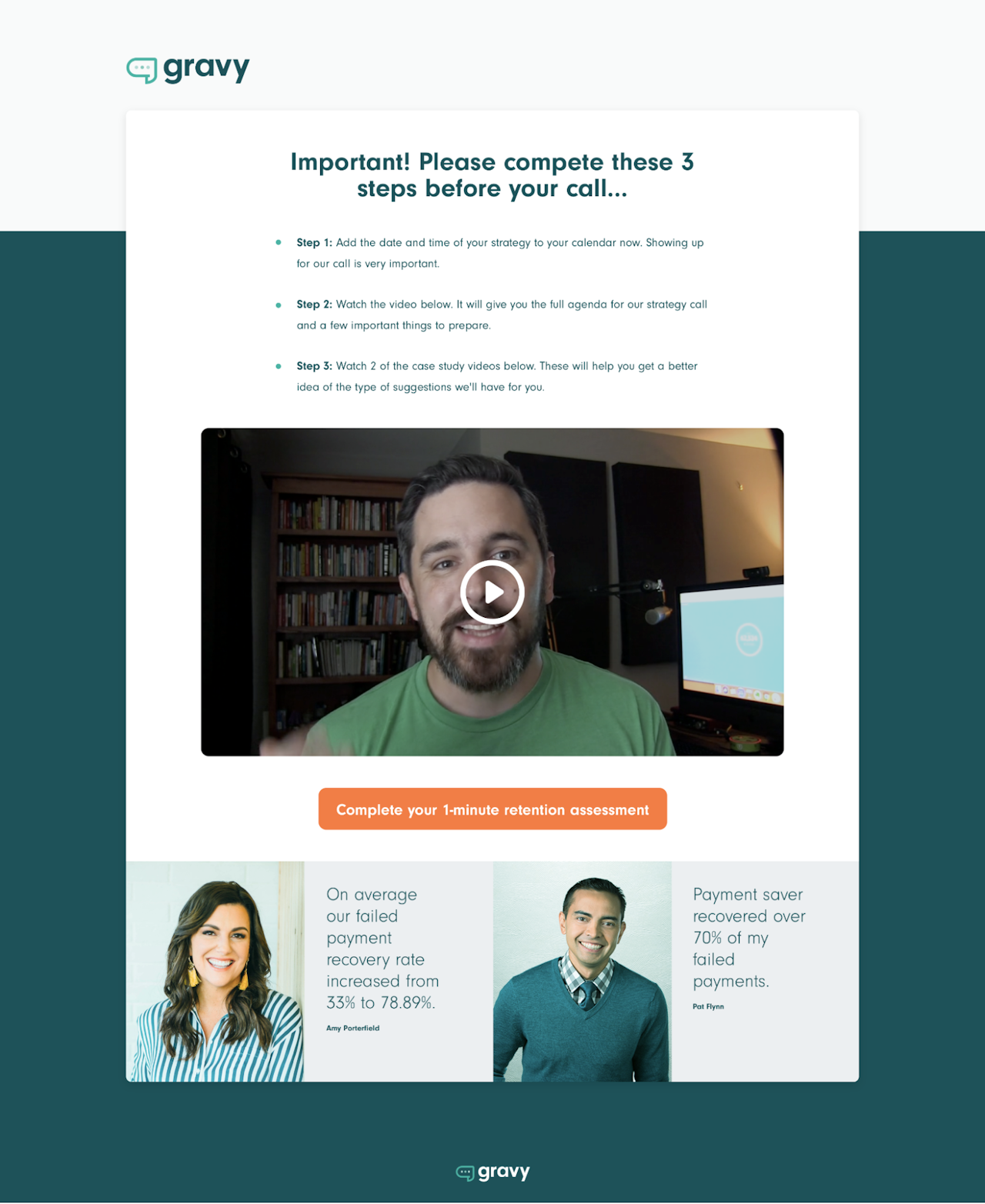
Buyers who book into a call then receive a separate drip campaign that further personalizes the process, educates them regarding anything they may need to know for the call, and pushes the details through to the prospect’s calendar.
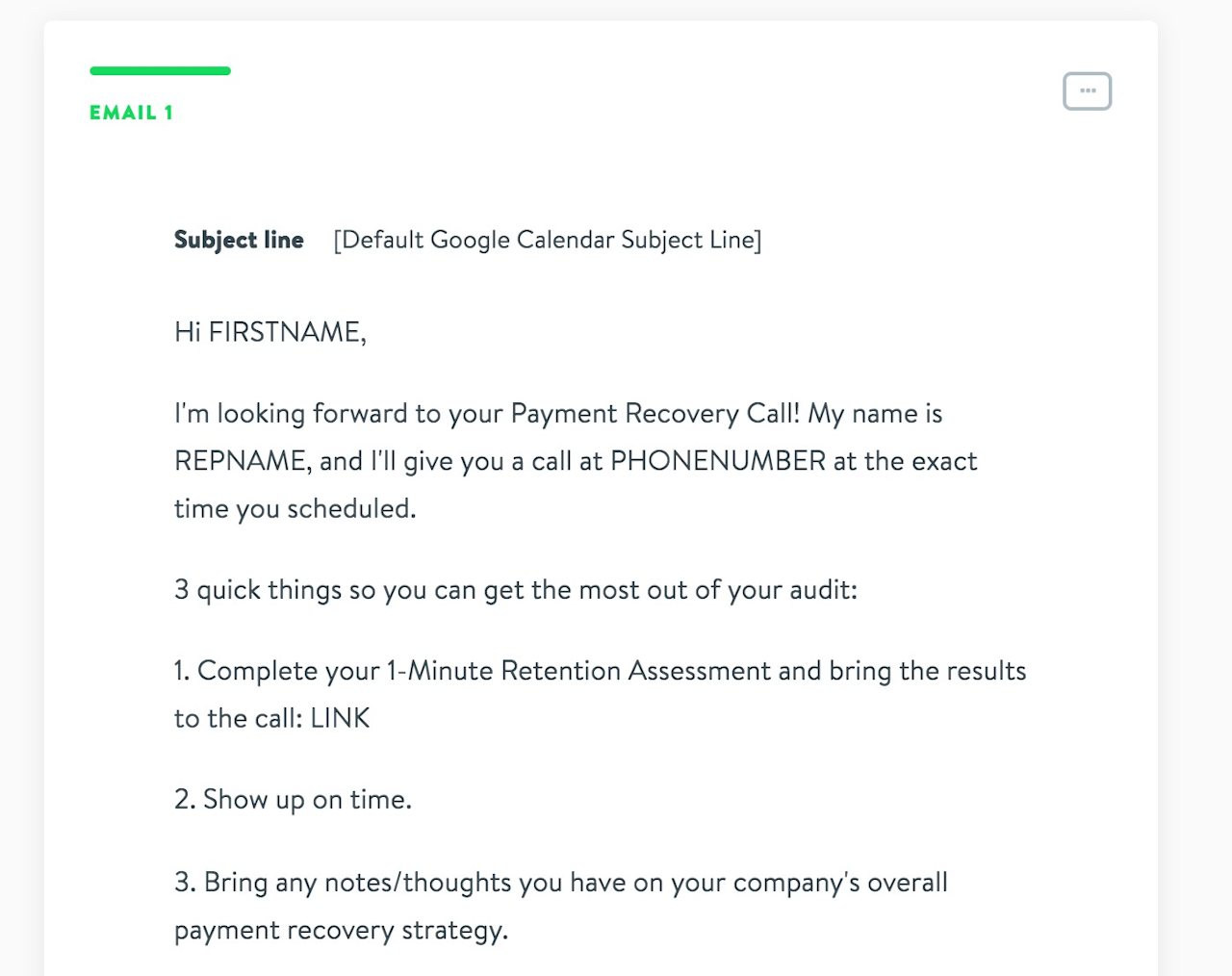
Notice how simple this funnel is, yet it still manages to contain, educate, and nurture leads at all different stages of readiness?
Conclusion
High-ticket sales can feel intimidating at first, but patience and practice will enable you to start feeling more confident in approaching these kinds of deals.
The value here can’t be understated — high-price deals can be transformative for your company’s bottom line (not to mention your commission payout!), so they’re well worth adding to your repertoire.
Get sales tips and strategies delivered straight to your inbox.
Yesware will help you generate more sales right from your inbox. Try our Outlook add-on or Gmail Chrome extension for free, forever!
Related Articles
Melissa Williams
Melissa Williams
Casey O'Connor
Sales, deal management, and communication tips for your inbox
